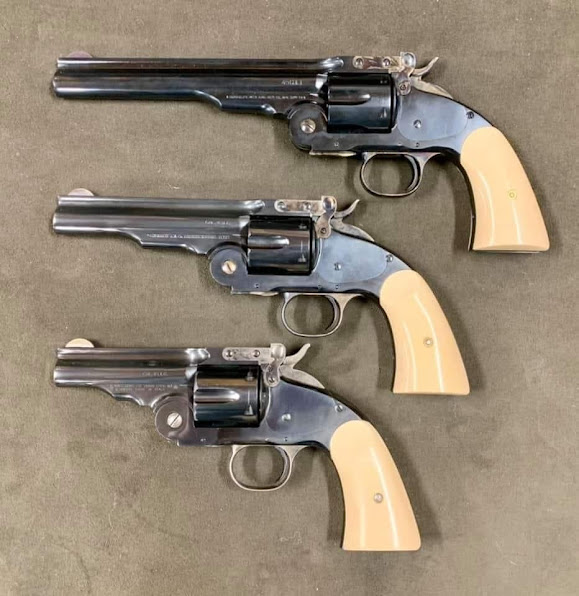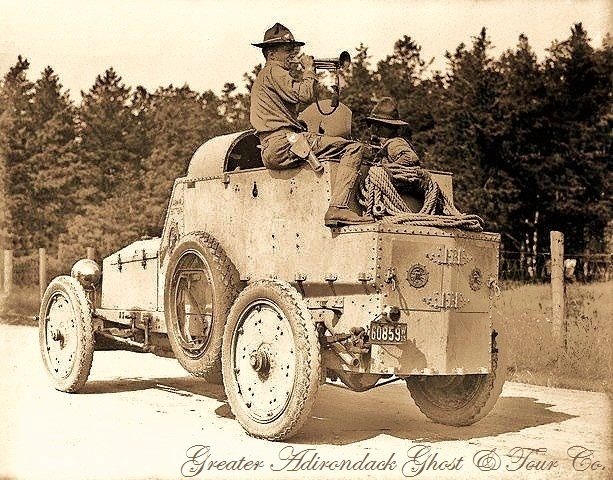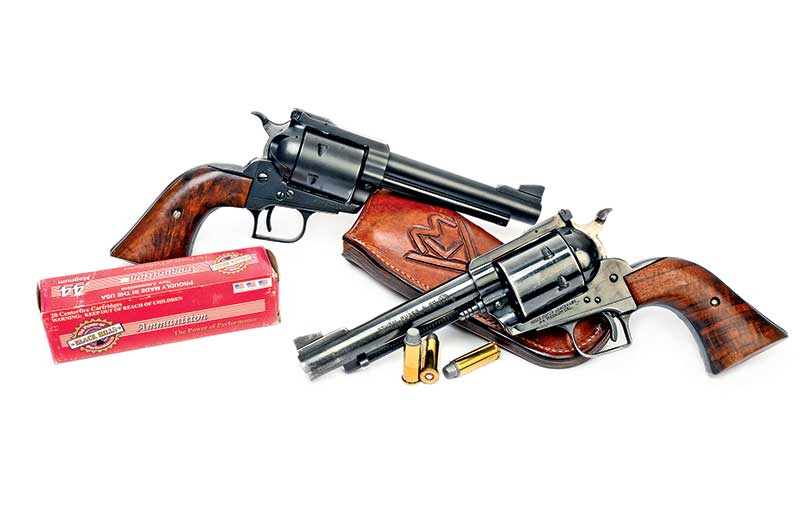Month: June 2021


You just had to get that shot huh?
As always when shooting, placement is a vital skill. If not there really no point in owning or using a gun. Grumpy
REUNITED BY MIKE “DUKE” VENTURINO
Back in 1973 a friend and I got it in our heads we should take a couple saddle horses and my trusty steed “Duke” as a pack horse and head south. As in south from our normal stomping grounds around the Livingston/Bozeman area of southern Montana. We didn’t have a specific goal; we would ride until our money or our enthusiasm ran out.
Coincidentally, both happened a little past Jackson, Wyoming. We won’t go into detail about a couple of blondes met along the way of whom we didn’t want to lose track.
For people who live in the area under discussion, it will be no surprise to hear the weather in this high country can be fierce in June. So, rather stupidly, we started our adventure on the first day of June. It rained and snowed much of the trip, and then the sky cleared. Temperatures rose instantly into the comfort zone for mosquitoes, which was another factor in our quitting.
People living in this area also are aware it’s the best grizzly bear habitat left in the continental United States. Admittedly much of our journey was poorly planned, but one factor given considerable thought was the handguns we would pack. Up front we decided they should be chambered for the same cartridge. We figured robust Ruger Super Blackhawk .44 Magnums would be best except for the long 71/2″ barrel which can be uncomfortable in a belt holster while riding. Thus we got the idea of having our Rugers’ barrels shortened to 51/2″. Although those two handgun barrels were cut by different gunsmiths far apart they both came out nicely. His got a matte blue in the process but mine got a less attractive but functional touch up around where the front sight was silver-soldered in place.
Horse Sense?
One factor about the Rugers we both disliked was their factory grips. They were homely and too thin. On a side trip before our trail excursion started we roamed through Twin Falls, Idaho, where we had heard of a small custom grip maker named Cloyce’s Gun Stocks. Anyway they fitted us up with fancy walnut for my buddy and rosewood for me. They were more hand-filling than factory stocks and far more attractive.
We also needed leather gear for the big Rugers. My friend was a talented leather worker and made his own beautiful belt and holster. I turned to S.D. Myres of El Paso for a Threepersons style single-action holster with my initials “MLV” hand carved, and a matching belt with only 10 cartridge loops. We figured 10 on belts and five in .44’s was enough.
Only once on the trip was one of the Rugers unholstered. Our packhorse, Duke, was big and intelligent, which was why I was nicknamed after him — or at least it’s what I say about it. Unfortunately his smarts sometimes got him in trouble, just like me. Toward the end of the ride he learned he could pull his lead rope free just by laying back on it. I remember my palm sizzling as the rope burned through.
I’m ashamed to admit it but in my fatigued, irritable state, the sixth time this happened I dismounted and gave him a good whack up the side of his head. Not so smart on my part; after the seventh time when I dismounted he ran from me. As he rounded a curve in the trail I pulled my .44 and put a bullet in the ground about 10 feet ahead of him. When the plume of dust rose he froze in his tracks until I walked up and retrieved the lead rope. Like I said he was smart.
Lost Partners
My riding partner on that trip and I have now been friends for 48 years. Although he’s been living “Down Under” for the last 24 we have always kept in touch. These last five years he has come to Montana for summers. A few years ago we were reminiscing about that ride and our .44’s. He said his Ruger and holster had been stolen from his mother’s home in California where he left it when going abroad. I had no memory whatsoever of where my Ruger had gone.
Then surprise, surprise. My friend found his Ruger (sans belt and holster) in storage along with some of his other property. About the same time another long-time friend mentioned in passing, “For 12 years in Alaska I had that Ruger .44 I bought from you back in the ’70s. I never fired it.”
For this column I borrowed it from him for photography. Those two fine old Ruger .44’s were reunited after almost 50 years.
The .25-06 Remington
This round is very popular in Texas. Where I have found that those Old Boys are very savvy about their guns. So take that for what it is worth!
I found it to be a very flat shooting, low recoil round myself.
| .25-06 Remington | ||||||||||||||||
|---|---|---|---|---|---|---|---|---|---|---|---|---|---|---|---|---|

.25-06 Remington cartridge
|
||||||||||||||||
| Type | Rifle, Hunting | |||||||||||||||
| Production history | ||||||||||||||||
| Designer | Remington Arms Company | |||||||||||||||
| Designed | 1969 | |||||||||||||||
| Manufacturer | Remington | |||||||||||||||
| Produced | 1969-Present | |||||||||||||||
| Specifications | ||||||||||||||||
| Parent case | .30-06 [1] | |||||||||||||||
| Bullet diameter | .257 in (6.5 mm) | |||||||||||||||
| Neck diameter | .290 in (7.4 mm) | |||||||||||||||
| Shoulder diameter | .441 in (11.2 mm) | |||||||||||||||
| Base diameter | .470 in (11.9 mm) | |||||||||||||||
| Rim diameter | .473 in (12.0 mm) | |||||||||||||||
| Rim thickness | .05 in (1.3 mm) | |||||||||||||||
| Case length | 2.494 in (63.3 mm) | |||||||||||||||
| Overall length | 3.250 in (82.6 mm) | |||||||||||||||
| Case capacity | 65.8 gr H2O (4.26 cm3) | |||||||||||||||
| Rifling twist | 1 in 10 in (250 mm) | |||||||||||||||
| Primer type | Large rifle | |||||||||||||||
| Maximum pressure | 63,000 psi (430 MPa) | |||||||||||||||
| Ballistic performance | ||||||||||||||||
|
||||||||||||||||
| Test barrel length: 24″ Source(s): Remington Arms [2] |
||||||||||||||||
The .25-06 Remington had been a wildcat cartridge for half a century before being standardized by Remington in 1969. It is based on the .30-06 Springfield cartridge necked-down (case opening made narrower) to .257 caliber with no other changes. Nominal bullet diameter is 0.257 inches (6.53 mm) and bullet weights range from 75 to 120 grains (4.9 to 7.8 g).
Contents
[hide]
History[edit]
Charles Newton necked down the .30-06 Springfield cartridge in 1912 to accept the 117-grain .25-35 Winchester bullet.[3] Newton’s early modification encouraged commercial release of a shortened case (from 63 to 49mm) as the .250-3000 Savagein 1915.[4] Frankford Arsenal developed an experimental .25-06 during World War I; and distribution of surplus United States military equipment through the Civilian Marksmanship Program following the war encouraged independent gunsmiths to experiment with the cartridge.[3] A. O. Niedner of Dowagiac, Michigan introduced rifles for the .25 Niedner in 1920.[5] Niedner Arms Corporation retained the 17° 30′ .30-06 shoulder chambering .25 caliber barrels rifled with one twist in 12 inches (300 mm).[6]Similar cartridges were identified as the .25 Hi-Power, .25 Whelen (analogous to .35 Whelen), or .25-100-3000 (to indicate the ability to achieve 3000 feet per second with a 100 grain bullet rather than the 87 grain bullet used in the .250-3000 Savage). Greater case capacity offered minimal velocity improvement over the .250-3000 Savage case with contemporary smokeless powders.[7] Availability of DuPont‘s Improved Military Rifle (IMR) powders encouraged commercial release of the .257 Roberts using the 57mm-long Mauser case in 1934.[8] Release of IMR 4350 in 1940 and availability of surplus 4831 powder salvaged from Oerlikon 20mm cannoncartridges after World War II greatly improved performance of the full-length .25-06 case.[9]
Performance[edit]
The cartridge is capable of propelling a 117 grain (7.6 g) bullet at up to 3,200 feet per second (980 m/s) and energy levels up to 2,500 ft⋅lbf (3,400 J). Bullets lighter than 75 grains are available in .257 caliber, but were designed for the smaller .25-20 Winchester and .25-35 Winchester cartridges and are too lightly constructed for the high velocities of the .25-06.
The cartridge has less felt recoil than a 30-06 in a similar weight rifle, due to the lighter weight bullets used. Shooters who are recoil sensitive will find the recoil from the 25-06 bearable, but not pleasant enough to shoot all day long. This cartridge is not quite as powerful as the .257 Weatherby Magnum, usually running 200–300 ft/s (61–91 m/s). slower with a given bullet weight.
SAAMI pressure limit for the .25-06 is 63,000 PSI.
Uses[edit]

Left: .17 HMR, center and right: .25-06 Remington
.25-caliber bullets typically have high ballistic coefficients without being heavy. This characteristic, when combined with the large case capacity of its parent .30-06 case, allows relatively high muzzle velocities without heavy recoil. The combination of high ballistic coefficients with high muzzle velocities give the .25-06 a very flat trajectory as well as retaining kinetic energy down-range.
The .25-06 is generally considered to be a good round for medium-sized game such as deer and antelope because of its combination of substantial kinetic energy and moderate recoil. The addition of a flat trajectory makes it particularly popular in plains states where the open fields can require longer-range shots on game, as this flatness tends to minimize range-estimation errors by the hunter. However bullet types and weights are loaded that allow the .25-06 to be used for taking game ranging from small animals like prairie dogs and coyotes to heavier elk. These bullets range from lightly constructed 75-grain bullets with muzzle velocities in the 3,700 ft/s (1,130 m/s) range to more robust 120-grain bullets with muzzle velocities in the 3,000 ft/s (915 m/s) range.
Most manufacturers of bolt action or single-shot rifles offer the .25-06 as a standard chambering and factory loaded ammunition is available from Remington, Winchester, Federal Cartridge and most other major manufacturers.
Amen!

The Old Army

The Army trying out a 1915 Armored Cadillac

